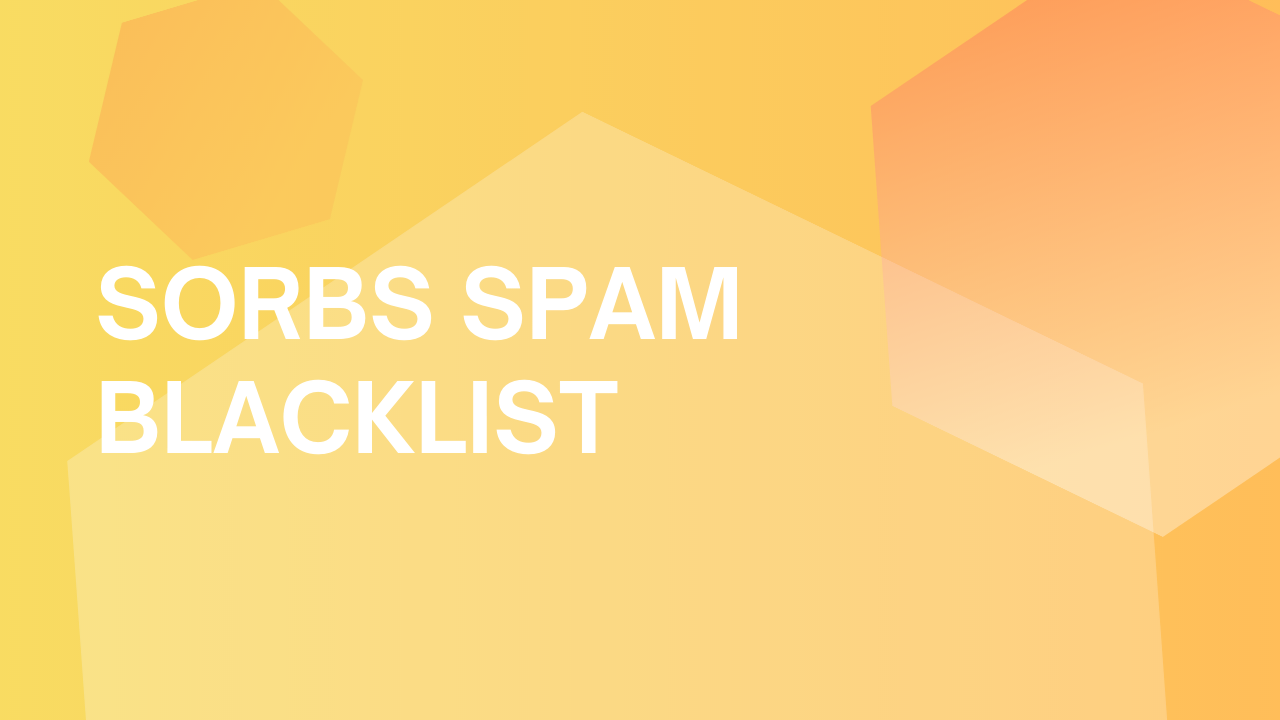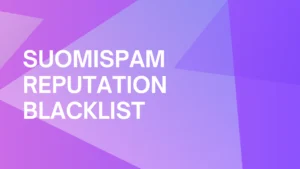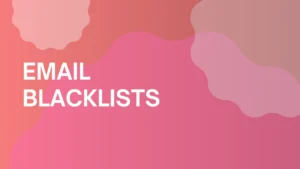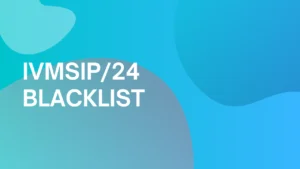
Sorbs Spam Blacklist: What Is It and How To Remove Yourself From It
Landing on the SORBS Spam Blacklist can have a significant impact on whether your emails reach their intended recipients. To prevent this, it’s important to understand how this list operates and what steps to take if you find yourself on it. This article will cover:
Proactive measures to avoid future blacklisting and protect your email reputation.
What the SORBS Spam Blacklist is and how it works
How to check if your IP is on the list and the process for removal
What is a Sorbs Spam Blacklist?
SORBS stands for Spam and Open Relay Blocking System. The Sorbs Spam Blacklist successfully blocks emails for over 12 million host servers. The different types of cyber threats that they work to block are spam messages, phishing attempts, and other forms of malicious threats to email.
The Sorbs Spam Blacklist is compiled of IP Addresses that have been suspected of either sending spam messages, forwarding spam messages, and servers that have been taken over by malware.
Why was I listed on the Sorbs Spam Blacklist?
Most simply put, if you are on the Sorbs Spam Blacklist, your email was flagged by the Sorbs Spam Blacklist trap and found to be infected in some way. A few examples of how this happened are listed below:
- You are a spammer
- Your mailing list is insecure
- The shared server you are using has been flagged
- Your network was taken over by malware
How Can I Remove Myself From The Sorbs Spam Blacklist?
The Sorbs Spam Blacklist allows users to request removal. Here are the steps to request:
- Create an account
- Sign in
- Select the “Delist An IP Address” option
- Next, you will be prompted to type in your unique IP Address and press “continue”.
- A list of IP Addresses will appear.
- Once you find yours, select “proceed” on each row that your IP Address is listed on.
- Lastly, you will select the “Get Help/Support” button to create a ticket.
- Once the ticket is created, you will receive a message indicating your ticket was opened.
The two outcomes are:
- Your IP has been auto-removed
- Your IP has not auto-removed
If your IP was not auto-removed, you can reply back and argue your case further.
How do I reduce my risk of getting onto the Sorbs Spam Blacklist?
The best way to avoid getting listed on a blacklist is to engage in proper email practices such as…
- Verify all email addresses before attempting outreach
- Avoid sending unnecessary emails
- Avoid the use of spam words within your email drafts
- Keep your sending volume to a minimum (30-50 a day if your inbox has been warmed up with Warmup Inbox for at least 30 days)
Related Terms
- Phishing: The fraudulent practice of sending emails purporting to be from reputable companies in order to induce individuals to reveal personal information, such as passwords and credit card numbers.
- IP: An Internet Protocol address is a numerical label assigned to each device connected to a computer network that uses the Internet Protocol for communication. An IP address serves two main functions: host or network interface identification and location addressing
- Malware: Viruses that are developed to attack your network and cause extensive damage while gaining your personal information.
- UCEPROTECTL2 Blacklist: A blacklist that includes IP addresses with poor reputations identified through spam traps monitoring online spam activities. It reports subnets, shared hosts, and spam sources, which can be single IPs or entire ranges. You can end up on this blacklist by simply opening a malware-infected email.



